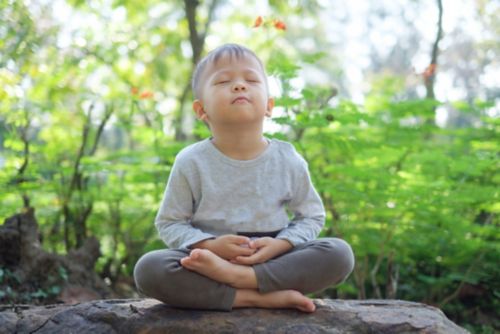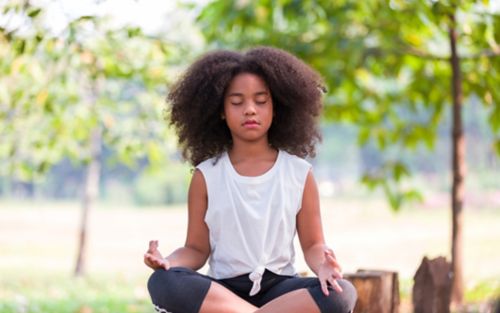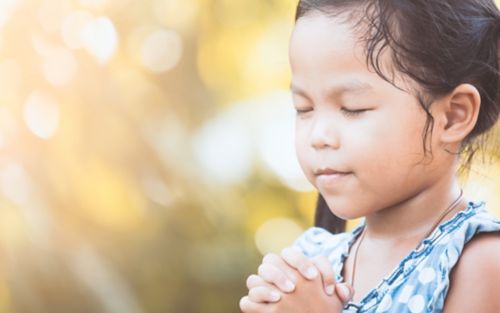What is mindfulness?
Mindfulness is a mental state achieved by concentrating on the present moment while calmly accepting the feelings and thoughts that come to you. It is a technique to help you relax and increase awareness of the present.
Mindfulness-based practice may help improve anxiety, stress, depression, and fatigue in children with a serious illness or chronic disease. Because the brain is still developing during childhood and adolescence, introducing mindfulness techniques at a young age could have lasting benefits.
Mindfulness has shown promise in these areas:
- Mental health
- Coping skills
- Self-regulation
- Self-esteem
- Decreasing high blood pressure
- Decreasing negative school behaviors
Types of mindfulness
The purpose of body scan mindfulness exercise is simply to notice your body. It is not necessarily about relaxing your body, however this may occur as a kind of side effect. It is simply about being aware of your body, in the present moment.
Sitting meditation is a mindful attention on breaths or rising and falling of abdomen with nonjudgmental awareness of thoughts and distractions flow through the mind.
Visualization helps keep your focus and can help the mind from wandering. It can help keep your mind engaged in your goal of slowing your thoughts when clearing your mind feels like too daunting a task.
Mantra is a sound vibration through which we mindfully focus our thoughts, our feelings, and our highest intention. Mantras are deigned to bring you into a state of deeper presence and awareness and can be used during meditation. Mantras can be repetitions of words, phrases or sounds.
Ways to use mindfulness
It can be beneficial to make mindfulness part of your daily life. Here are some ways to use mindfulness:
- Body scans: Body scans can be performed throughout the day at any time. Before and after appointments can be good times to be aware of your body and how you are feeling. Example: One minute explorations to bring attention to your body and feelings.
- Mantras: Mantras are a perfect way to start and end your day. Pick a phrase that is important to you and repeat it to yourself 10 times. Example: "I am strong".
- Meditate: Meditation can be performed any time throughout the day. Pick a quiet place that will allow you to focus. Meditation can be guided or performed individually. Meditation can be combined with yoga practice and can include positive thinking or affirmations. Examples: send postive thoughts of kindness, love and gratitude to self and others
- Mindful breathing: Counting your breath is a great option for beginners getting started with mindfulness based therapy. Count one on your breath in, and two on your breath out. This can help quiet your mind and focus your thoughts. Examples: Belly breathing and pulse count
- Mindful movement: Simply means being aware of the movements you make and of your breath. It can be practiced anywhere, whether you are alone in nature or with others in a crowded city. Example: mindful walking meditation can be performed in between appointments or in the parking lot prior to appointments.
Mindfulness resources
Apps:




